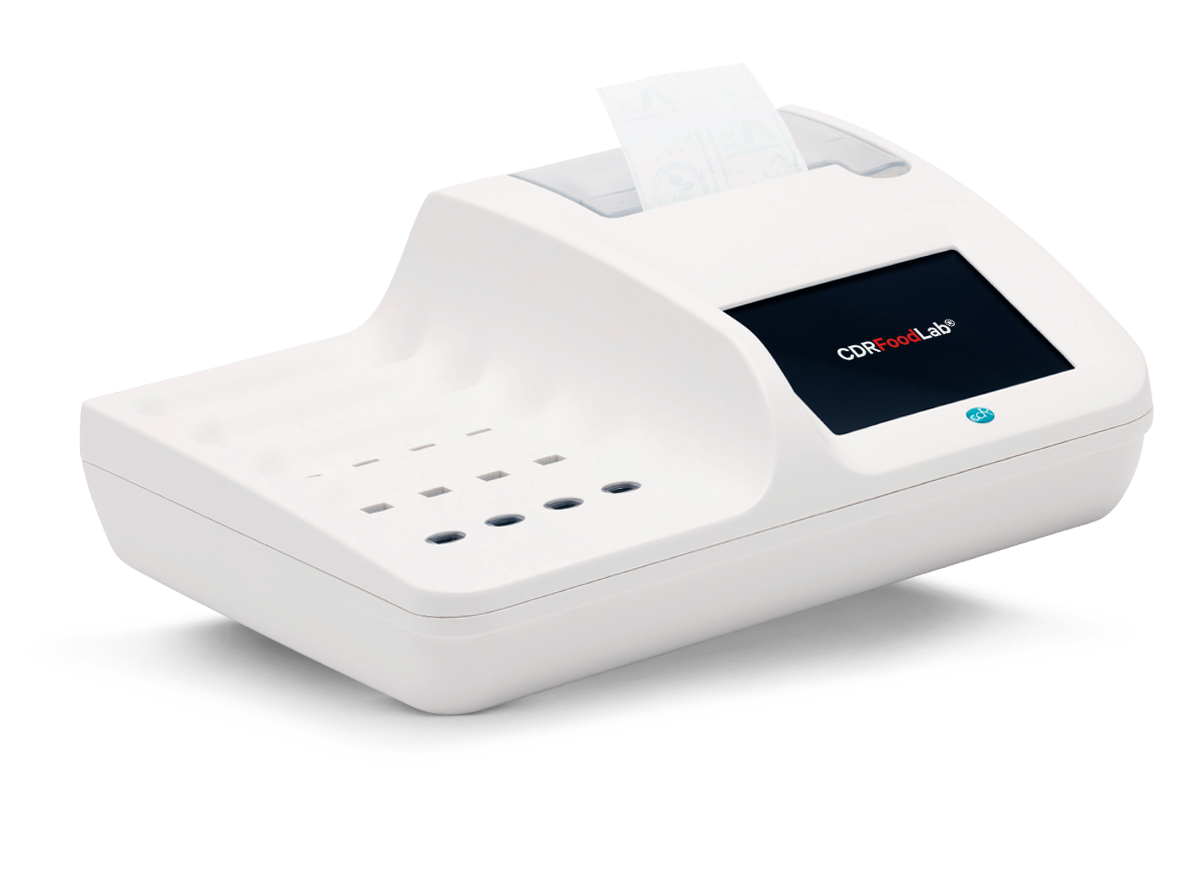p-Anisidine Value (AnV) test in Fats and Oils
Anisidine value test is used to assess the secondary oxidation of oil or fat, which is mainly imputable to aldehydes and ketones, and is therefore able to tell the oxidation "history" of an oil or a fat.
Furthermore, AnV analysis on oil is an indicator of excessive oil deterioration in deep frying process.
Method
...
Principle of the test
Aldehydes, derived from the secondary oxidation of fat matrix, react with the p-anisidine determining a variation in the absorbance, measured at 366 nm. Anisidine value is expressed as AnV (Anisidine value) following AOCS (Cd 18-90) the reference method.
Calibration curve
The CDR method showed good correlation with the AOCS Official Method Cd 18-90. In addition, the international reference laboratory Campden BRI has carried out comparative tests between the CDR FoodLab® method for the determination of p-anisidine of oils and fats and the Campden BRI method (Campden BRI Method TES-AC-360): the correlation coefficient obtained is R2 = 0.9942, which shows that the correlation between the two methods is very good.
...
Reagent test Kits
Measuring range Fats and Oils
| Analyses | Measuring range | Resolution | Repeatability |
|---|
Measuring range Bakery Products
| Analyses | Measuring range | Resolution | Repeatability |
|---|
The analyzers for oils and fats quality control
CDR FoodLab®
- Complete analysis panel, supplied already configured
- Up to 16 determinations simultaneously
- Possibility of carrying out analyses of the same sample
- Integrated printer
- Full connections (LAN - USB - Bluetooth barcode/QR code reader)
CDR FoodLab®Jr
- Partial analysis panel, supplied configured with 3 analyses of your choice, implementable
- Up to 3 determinations simultaneously
- Wireless connection to external printer
- USB connections
